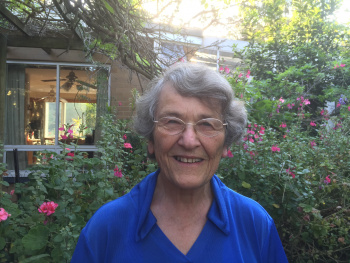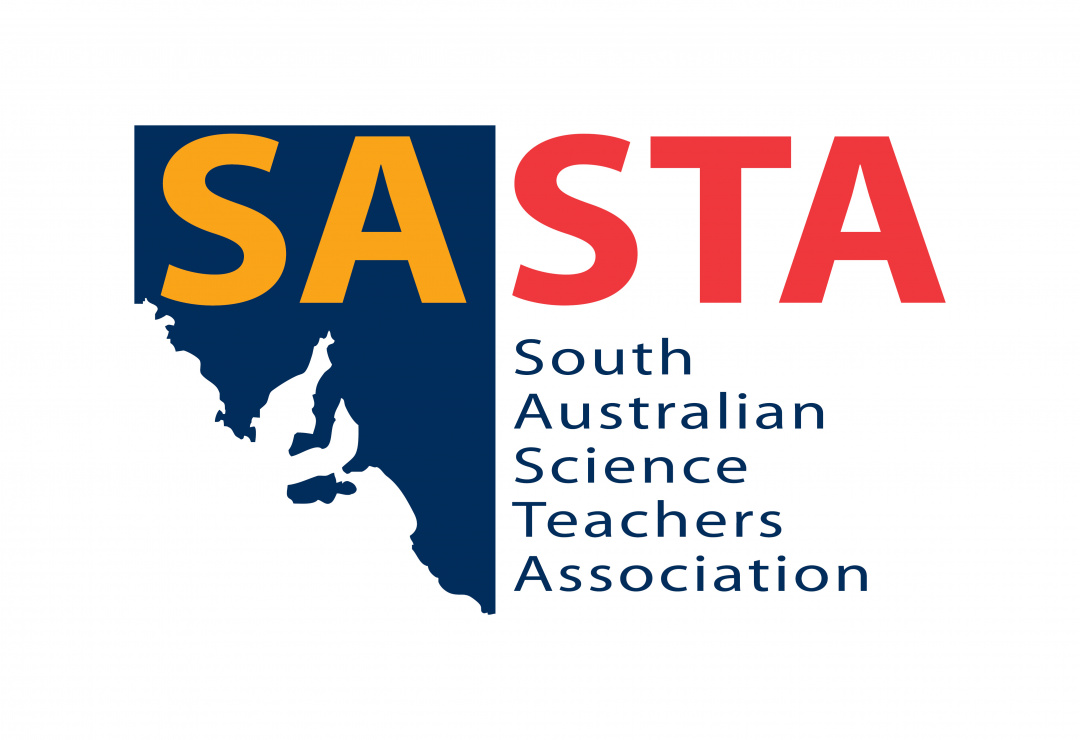Posted by SASTA
on 18/02/2024

When did you realise your passion for science?
My passion for science started in high school when I was very interested in astronomy. This later led me to join the Adelaide “Moonwatch Group” in early 1958, which was set up to track the first artificial satellites, Sputnik (Russian) and Explorer (USA). This was undertaken on the roof of the Physics Building at Adelaide University. A small group of us were the first people to visually track, by telescope, Explorer 1 in SA. It was, for me, exciting times - to be picked up in the middle of the night to go to the University to see if we could track the first (actually second, sputnik was first) man-made object in space travelling across the sky, then transmit the information back to NASA to help predict orbits. My passion for science was made real.
What were your most significant contributions to science/society?
I don’t think I have made significant contributions but have been lucky enough to be involved in the beginnings of new developments in science.
- My first job in 1961 after graduating in Physics from Adelaide University was at WRE (Weapons Research Establishment) now called DSG (Defence Science Group). I worked in a group of 3 in the newly formed Laser Group. The world’s first laser was built in the US in May 1960 and we built the first laser in Australia in 1961. As in the US, it was a ruby laser. We did not realise we were first at the time and were very excited when we produced a red pulse of coherent light at a repetition rate of about one pulse/hour!
- Ten years later when there were global problems over the supply of oil, due to wars in the Middle East and oil cartels withdrawing supply, I heard a radio talk by Sir McFarlane Burnett saying that if we had solar energy we would not have to fight over oil. So, at that moment I decided to change my direction of interest and try and get experience, then work, in the new area of solar energy – and that became my passion for the next 50 years! This interest later extended to include wind energy and energy efficiency.
- From 1981 – 2000 I worked as a research scientist at the electricity utility ETSA (Electricity Trust of South Australia). I was the only female scientist and there were only about 3 or 4 female engineers out of several hundred.
- 1984 – 1988; Involvement in the first large-scale wind survey at 30 sites around SA. This was a joint project with ETSA, SA Government and BOM. The availability of the data and the way it was presented meant that around 2003 when Federal Subsidies through MRET (Mandatory Renewable Energy Target) became available, SA was first off the mark in Australia to provide optimal wind sites and data for wind farm developers.
- In 2002/03 I was part of a Federal Government Committee of 4 undertaking a review of MRET and was able to encourage the adoption of the first significant recommendation to provide financial support for the installation of residential and commercial photovoltaic installations. This enabled an acceleration of the PV Industry and was an early subsidy forerunner before the Feed-in tariff was introduced in 2008 – that even more rapidly augmented PV growth.
- Before that, started in 1993, ETSA allowed me to work with the SA Housing Trust on projects to determine the impact of energy-efficient appliances, solar water heaters and information feedback on small low-income households. This was a first in Australia that also introduced the use of energy feedback monitors. Later project was extended in 1997 to the building of the “Solar Sense Home” with “Energy Roof” and monitoring one of the first PV homes in SA to determine the reduction of energy use in a home with PV panels, a solar water heater and skylights integrated into the roof.
- After leaving ETSA at privatisation in 2000, I moved into the area of Community Energy, became for a period the 2nd Female President in 50 years of the International Solar Energy Society (ISES) and am currently a VP of the World Wind Energy Association (WWEA), and also on the Steering Committee of the International Renewable Energy Agency (IRENA) Coalition for Action and Patron of CORENA (Citizens Own Renewable Energy Network Australia). All these affiliations, and a few others, give me the ability to keep in touch with RE developments and hopefully continue promoting the transition to 100% Renewable Energy. Also, I am very proud to carry on the tradition of my late father-in-law, Sir Mark Oliphant, in being involved in SASTA’s great initiative for school children of all ages - the Oliphant Science Awards.
Advice for future scientists
Follow your passion. Though you are likely to have many rough patches, work will rarely be boring and often rewarding. It may take a few tries before you find your vocation, but it is worthwhile persisting in trying different options - if you can. These days it is not easy. Hopefully, you will then finally find a job matching your talents, in an area you believe in and feel you can make a difference. Also, if you go for a field not overloaded with researchers/ contributors, that is a plus!
In this Section
Archive
- December 2025
- November 2025
- October 2025
- September 2025
- August 2025
- July 2025
- June 2025
- May 2025
- April 2025
- March 2025
- February 2025
- January 2025
- December 2024
- November 2024
- October 2024
- September 2024
- August 2024
- July 2024
- June 2024
- May 2024
- April 2024
- March 2024
- February 2024
- December 2023
- November 2023
- October 2023
- September 2023
- July 2023
- June 2023
- May 2023
- April 2023
- March 2023
- February 2023
- January 2023
- December 2022
- November 2022
- October 2022
- August 2022
- July 2022
- June 2022
- May 2022
- April 2022
- March 2022
- February 2022
- January 2022
- December 2021
- November 2021
- October 2021
- September 2021
- August 2021
- July 2021
- June 2021
- May 2021
- April 2021
- March 2021
- February 2021
- January 2021
- December 2020
- November 2020
- October 2020
- September 2020
- August 2020
- July 2020
- June 2020
- May 2020
- April 2020
- October 2018
- September 2018
- August 2018
- July 2018

